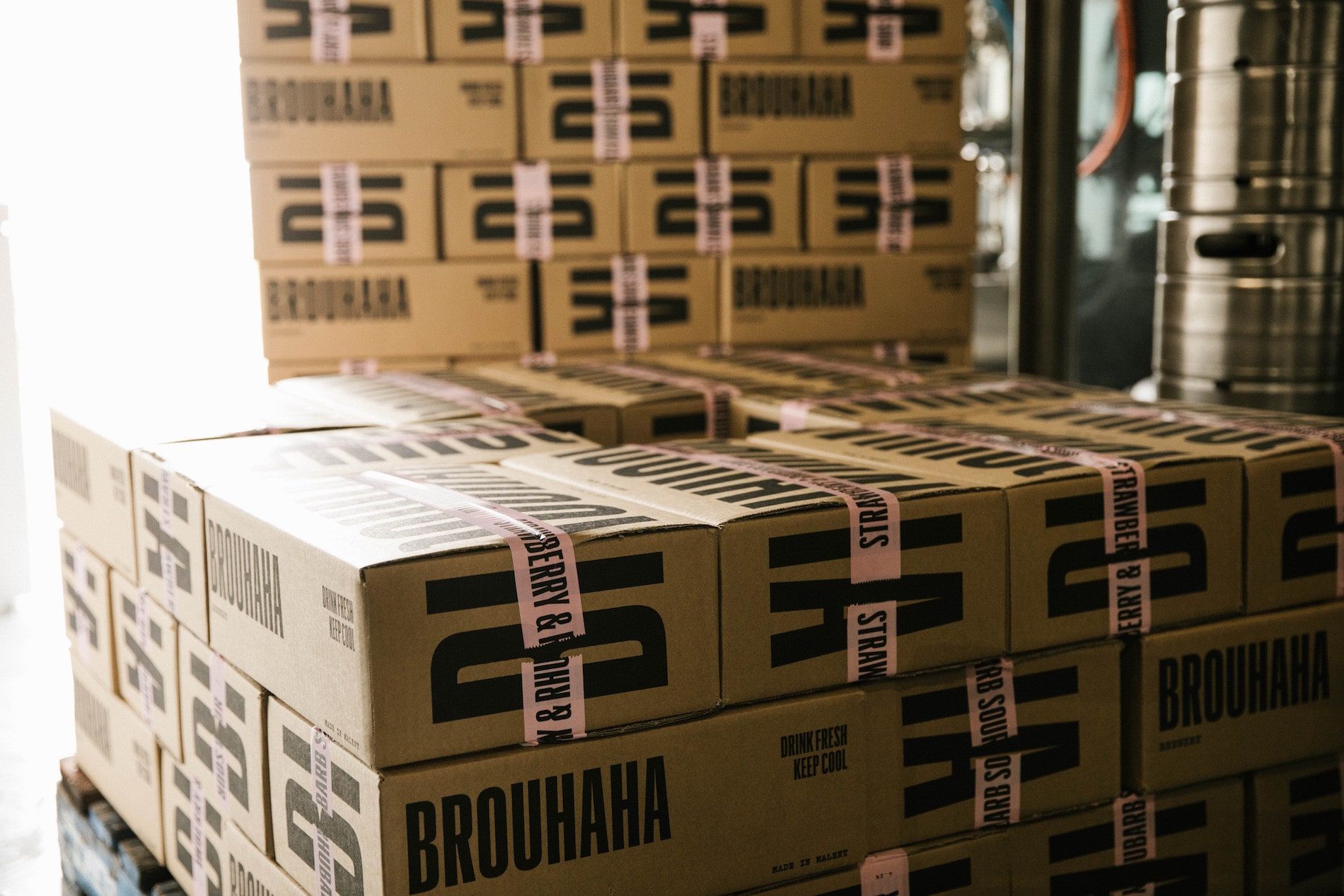
Sustainable Packaging in eCommerce: How To Maximize Efficiency
eCommerce revenue is growing by the billions every year, and this shows no signs of slowing down. As the global shipping of goods increases, this means more packaging is needed. So, how can you reduce the impact of your operations whilst still protecting your products? The answer: Design efficiency.
By Beth Owens — 17 January, 2019
We all know that the eCommerce world is booming. In 2018, the global eCommerce market was worth an estimated 2.8 trillion dollars. This is set to grow to 4.5 trillion by 2021, as eCommerce vendors expand into more markets and online shopping becomes the norm across age groups. According to Statista, 67% of Americans now shop online due to convenience and online incentives, but there is a strange outlier in the customer experience; customers are extremely dissatisfied with product packaging. Only 11% of all eCommerce customers are satisfied with the packaging of the products they purchase. The reasons why boil down to three main complaints:
• Packaging that’s too big for the product
• The use of too much packaging
• The use of packaging materials that can’t be recycled
What does this tell us? All of these revolve around one key issue: a lack of eco-friendly packaging designs in eCommerce. Consumers are growing ever more critical of brands who continue to use unsustainable designs, but it appears that the message isn’t getting across. With eCommerce sales set to grow, the industry at large is countering efforts at reversing the environmental impact of packaging. So, what’s making it so difficult for brands to make the switch?

In-store versus eCommerce packaging
A lot of these issues stem from different channels having very different packaging needs. Traditional in-store packaging, for example, generally has a different purpose to eCommerce. Its primary purpose is to catch the eye of the customer over competing brands, so an attractive design is a must. In-store packaging only needs to protect the product for a short time. Whilst it's sitting on the shelf, and when the customer transports it home. This is a pretty short timeframe, so aesthetics can win out over durability.
eCommerce packaging has far more considerations. The product needs protecting over several stages of transportation, so designs need to be much stronger. This translates to multi-layered and often more expensive packaging. The cost of shipping is a massive consideration for businesses, so size and weight need to be as low as possible. Product presentation and straightforward return options are also increasingly important to consumers. Finding a packaging design which encompasses all these needs, as well as being sustainable, can feel like an impossible task.
Putting efficiency first
Incorporating sustainable packaging into your eCommerce operation boils down to one key consideration: design efficiency. Many designs still rely on non-renewable materials such as plastic, and in quantities which aren't necessary. But the low cost of these materials prevents design changes. Sustainability is a two-pronged approach. It’s about minimizing the non-renewable sources, whilst minimizing the use of resources overall.
Here are three proven ways to better streamline your eCommerce packaging:

1. Use Papers and cardboard wherever you can
Choosing versatile materials is the first step toward more efficient, and so more sustainable, packaging. We starting to see some great innovations in sustainable packaging. Yet the humble cardboard box is still reigning supreme. Why? It's suited to any industry, straightforward to source, and can be responsibly disposed of through recycling.
Maximizing the use of papers and cardboard reduces the amount of ‘complex’ packaging in your design. This is when materials have different disposal processes, which makes it more difficult for the consumer. A study by the Paper and Packaging Board found that 71% of consumers are more likely to buy from brands that use paper and cardboard packaging over plastic. The biggest reasons being that it's sustainable and offers reuse options.
Aside from fulfilling customer desires, cardboard and paper is a win on other fronts as well. It can be used to make everything from die-cut inserts for product display to tissue paper wrapping and filler. It’s also lightweight, allowing you to cut down on your shipping costs whilst maintaining an eco-friendly design. From a packaging perspective, it's a real wonder material!

2. Focus on functionality
The secret to functional packaging is choosing packaging elements which can accomplish multiple roles within your design. Never forget that ‘reduce’ is the first of the 3 Rs! If you can reduce the number of materials you are using from the start, wastage is already far less of a problem.
Return-ready packaging
Did you know that 30% of online purchases get returned, and that 92% of customers would buy again from that brand if it had an easy returns process? This means a flexible returns policy, but packaging also plays a key but overlooked role. If you don’t supply packaging or return mail stickers to send a product back with, this makes it much harder for the customer. If they know it takes a ton of effort, they are unlikely to buy from you again! To both protect the planet and your customer relations, investing in reusable packaging is an excellent strategy. Boxes obviously qualify here, but they aren’t always the most suitable option. Many courier companies now charge not just on weight, but size as well. If you are sending small or lightweight goods, reusable mailers will really cut down both on your costs and your footprint.
Your branding materials
To build a long-term relationship with your customer, ensuring that your brand is memorable is crucial. A generic packaging design is the same as giving your customer an empty canvas – why not fill it when the opportunity is there? For eCommerce brands, customer awareness of marketing channels is the key to retention. Rather than getting this information printed on flyers to go inside packages, this can just as easily be a part of your packaging itself. Important marketing information such as your logo and social media handles can be printed onto your boxes or mailers. This reduces the amount of packaging materials needed, and also makes for a much more positive unboxing experience for your customer!

3. Be the example
We have all heard the saying ‘be the change that you want to see in the world’. This couldn’t be truer when it comes to sustainability. Integrating sustainable packaging into your operations provides an opportunity for you to be an example to the rest of your industry. So, you need to make sure that your customers know about it! Marketing your packaging design spreads awareness about your eco-friendly practices, so that consumers can better understand what it means for them. This also helps make your sustainability efforts a part of your brand ethos.
More and more consumers are supporting brands off the basis of their environmental responsibility. According to Cone Communications, 87% of consumers will buy from a brand based on whether it advocates for an issue they care about. So, It’s important that your customers know why they should be supporting you. This could mean providing info on your website about your design features, and on what sustainability means to your brand. Providing actionable info about your efforts will go a long way towards showing your customers that you really walk the walk!